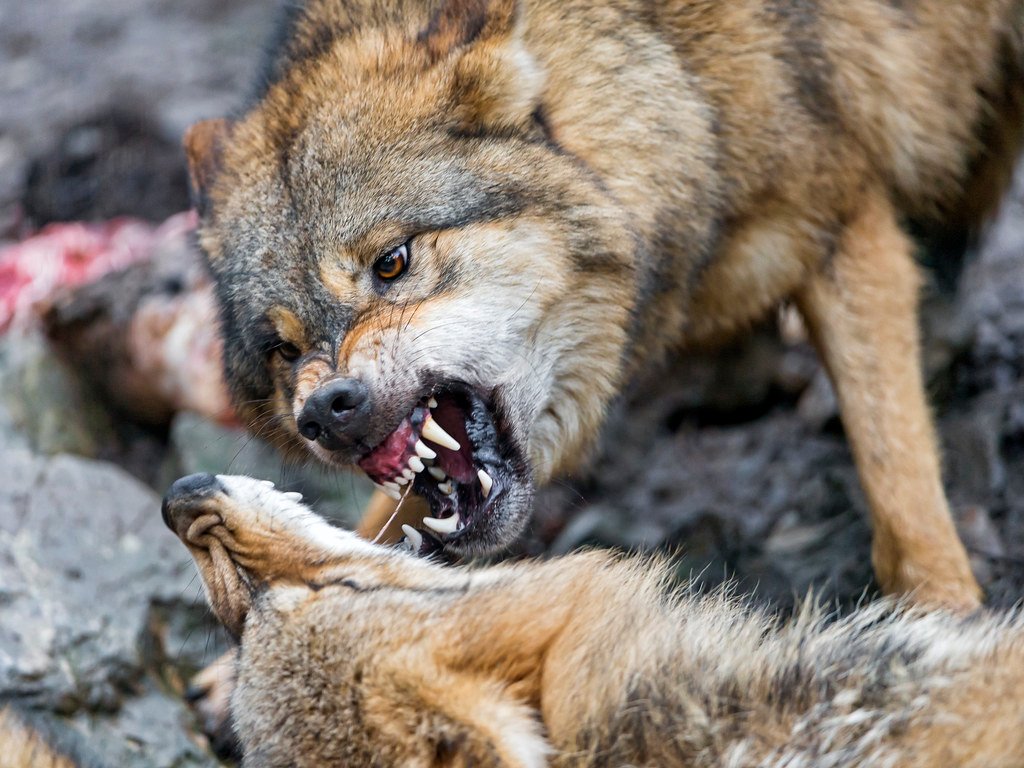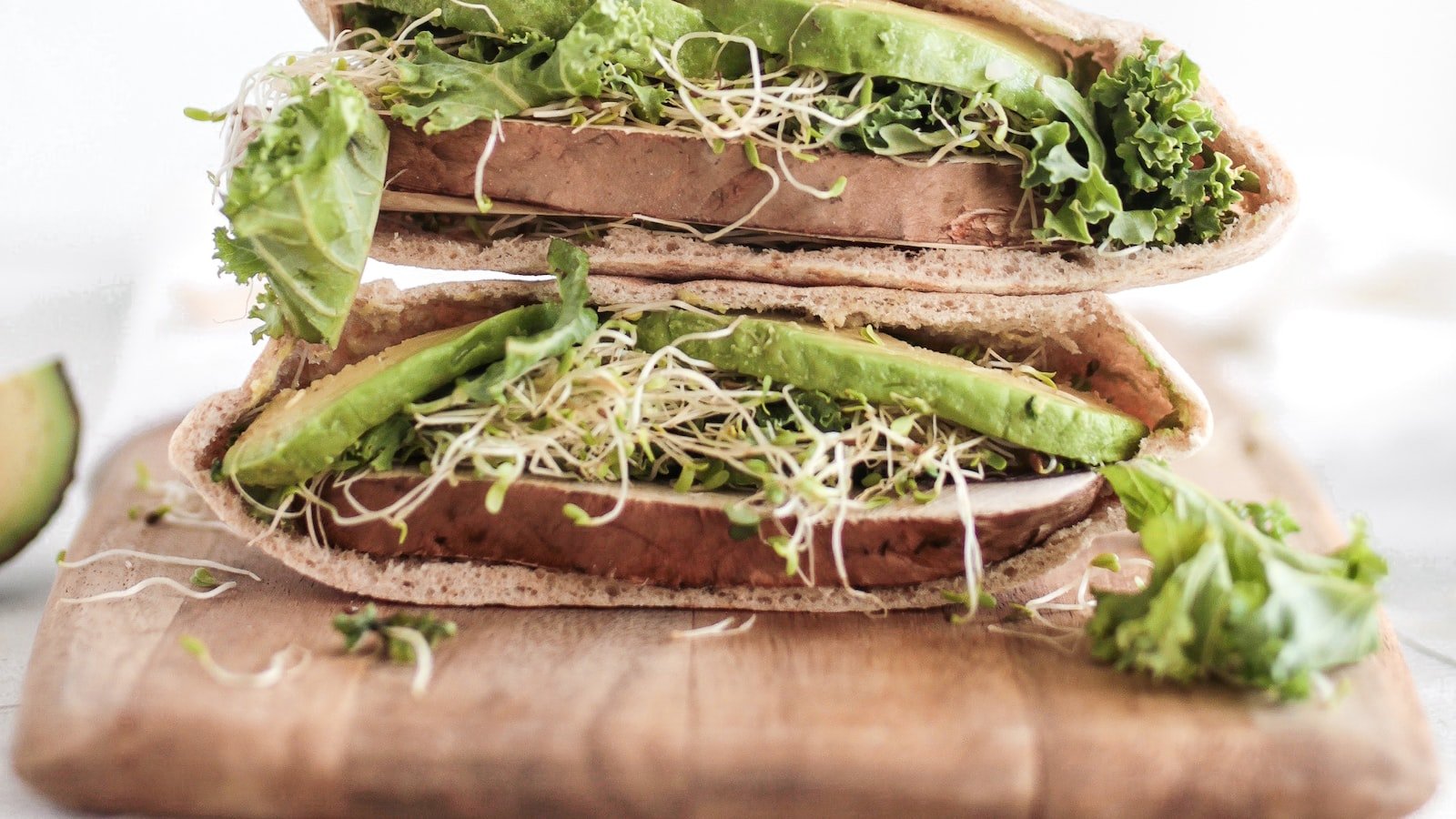Have you ever witnessed your furry best friend transform into a growling, possessive beast when it comes to food? It can be disconcerting to see your lovable canine companion displaying aggression over something as essential as mealtime. Don’t fret, though, as there are ways to address this behavior and promote a harmonious environment for both you and your fur baby. In this guide, we’ll delve into the mysterious world of food aggression in dogs, exploring its underlying causes and offering effective strategies to help you steer clear of mealtime meltdowns. From establishing boundaries to implementing positive reinforcement techniques, you can embark on a journey towards transforming your dog into a food-loving, sharer extraordinaire.
Table of Contents
- Understanding Food Aggression in Dogs
- Recognizing Signs of Food Aggression
- Addressing Food Aggression through Training Techniques
- Implementing Management Strategies to Mitigate Food Aggression
- Promoting a Safe and Harmonious Feeding Environment
- Q&A
- Future Outlook

Understanding Food Aggression in Dogs
Dogs are wonderful companions, but sometimes they can exhibit unexpected behaviors that may leave us puzzled. One such behavior is food aggression, which can range from mild guarding to extreme aggression. It’s important for dog owners to understand the reasons behind food aggression and how to address it.
Food aggression in dogs can stem from a variety of factors, including fear, resource guarding, or even a lack of proper socialization. It is crucial to identify the root cause before attempting to address this behavior. Some signs of food aggression include growling, snarling, snapping, or even biting when someone approaches while the dog is eating.
Fortunately, there are several strategies that can help mitigate food aggression in dogs:
- Training and Desensitization: Working with a professional trainer or behaviorist can help teach your dog to associate people approaching its food with positive experiences. This can be achieved through gradual exposure and rewards.
- Establishing a Feeding Routine: Creating a consistent feeding schedule can help alleviate anxiety and provide a sense of security for your dog.
- Feeding in a Separate Area: If your dog displays severe food aggression, it may be necessary to feed them in a separate room or area to prevent any potential conflicts.
- Seeking Professional Help: If the food aggression persists or escalates, it is vital to consult with a professional to ensure the safety of both your dog and those around them.
Remember, is the first step towards addressing this behavior and creating a harmonious environment for both you and your furry friend.

Recognizing Signs of Food Aggression
Food aggression in animals can be a serious behavior problem and should not be taken lightly. It is essential to understand the signs of food aggression in order to prevent potential conflicts or injuries. Here are some key indicators to help recognize if your pet is displaying food aggression tendencies:
- Protective Stance: Watch out for a defensive posture while eating, such as stiffening their body or placing their head low to guard the food bowl.
- Growling or Snapping: If your pet growls or snaps at anyone who approaches while eating, it may be a sign of food aggression.
- Resource Guarding: They may excessively protect their food by hiding it, hoarding it, or even growling if you or another pet comes near their food.
- Eating Quickly: Some pets with food aggression tend to eat rapidly, almost as if they are afraid someone might take their food away.
It is important to distinguish between food aggression and food enthusiasm. While enthusiasm is normal, aggression can escalate and cause harm. Recognizing these signs early on can help you address the issue and seek professional guidance if necessary, ensuring a harmonious environment for both you and your beloved pet.
Addressing Food Aggression through Training Techniques
When it comes to dealing with food aggression in pets, it is essential to approach the issue with patience and a well-thought-out training plan. By employing effective techniques, you can help your pet develop a healthier relationship with food and minimize any aggressive behaviors associated with mealtime. Here are some strategies that can aid in addressing food aggression:
- Positive Reinforcement: Using positive reinforcement techniques, such as rewarding calm behavior around food, can be highly effective. This can include giving verbal praises, treats, or even engaging in playtime after your pet exhibits appropriate behavior during meals.
- Desensitization: Gradually exposing your pet to triggers that cause food aggression, like approaching their food bowl or reaching for their treats, can help desensitize them to these stimuli over time. Start with small, non-threatening actions and gradually increase the intensity, always ensuring your pet remains calm and relaxed throughout the process.
- Counterconditioning: Recondition your pet’s response to food-related situations by pairing the presence of food with positive experiences. This can be achieved by introducing new smells, sights, or sounds during mealtime to create a positive association with these triggers, gradually reducing their food aggression tendencies.
- Professional Guidance: In some cases, seeking professional help from a certified animal behaviorist or trainer can be beneficial. They have the expertise to assess the situation and provide tailored solutions to address your pet’s food aggression effectively.
Remember, addressing food aggression takes time and consistency. Implementing these training techniques, along with love and patience, can help your pet overcome their food aggression and establish a positive relationship with food.

Implementing Management Strategies to Mitigate Food Aggression
When it comes to dealing with food aggression in our furry friends, it’s essential to implement effective management strategies that ensure a safe and peaceful environment for everyone involved. By understanding the underlying causes of food aggression and taking proactive measures, we can successfully mitigate this behavior and foster a harmonious relationship with our pets.
1. Slow and Controlled Feeding: One strategy to tackle food aggression is by introducing slow and controlled feeding techniques. Break down their meals into smaller portions and offer them one serving at a time. This approach allows you to closely monitor their behavior and intervene if any signs of aggression emerge. Additionally, consider utilizing interactive food puzzles or toys that provide mental stimulation along with dietary fulfillment.
2. Establish a Safe Feeding Space: Designate a specific feeding area where your pet feels secure and comfortable. To create a peaceful environment, ensure that this space is calm, quiet, and away from distractions. Provide plenty of personal space and avoid crowding. This will minimize any potential triggers that could escalate food aggression.
3. Positive Reinforcement Training: Implementing positive reinforcement training techniques can be highly effective in addressing food aggression. Reward your pet with praise, treats, or other positive reinforcements when they display non-aggressive behavior during meal times. Gradually increase the level of distraction, such as introducing new sounds or people, to reinforce their tolerance and obedience.
Promoting a Safe and Harmonious Feeding Environment
In our mission to prioritize the well-being of our furry friends, creating a safe and harmonious feeding environment is paramount. By implementing a few key strategies, we aim to ensure that mealtime becomes a positive experience for your beloved pets:
- Designated Feeding Zones: Establish specific areas where meals are served to minimize distractions and reduce the likelihood of food aggression or territorial behavior.
- Consistent Feeding Times: Establishing a regular feeding schedule helps to regulate your pet’s appetite and ensures they receive a balanced diet. Consistency also aids in preventing anxiety related to irregular meal patterns.
- Individualized Meal Plans: Each pet has unique dietary requirements. Tailoring their meal plans to include the appropriate nutrients and portion sizes is essential for their overall health and well-being.
- Soothing Ambiance: Creating a calm and soothing environment during mealtime can help reduce stress and encourage a more relaxed eating experience. Soft background music or a quiet space away from high foot traffic areas can work wonders.
By , we aim to cultivate a positive association with mealtime, fostering a happy and healthy bond between you and your pet. Together, let’s ensure that every bite they take is a moment of pure joy.
Q&A
Q: Why do dogs have food aggression?
A: Dogs may exhibit food aggression due to a variety of reasons, such as resource guarding, fear, or even previous experiences involving food scarcity.
Q: How can I recognize food aggression in my dog?
A: Signs of food aggression include growling, snapping, or biting when approached while eating, stiff body posture, or showing excessive protectiveness over their food or food bowl.
Q: Is food aggression a common issue in dogs?
A: Food aggression can be a common behavior problem in dogs, especially those with a history of neglect, competition over limited resources, or poor socialization during early development.
Q: What steps can I take to prevent food aggression in my dog?
A: To prevent food aggression, ensure your dog has a designated feeding area and establish consistent feeding routines. Gradually introduce stimuli, such as touching their bowl during meals, to help desensitize them and promote positive associations with human interactions around food.
Q: What should I do if my dog shows signs of food aggression?
A: If your dog displays food aggression, it’s crucial to consult a professional dog trainer or behaviorist who can assess the situation and provide tailored advice and training techniques to address the specific issue.
Q: How can I safely manage food aggression in my dog?
A: To safely manage food aggression, give your dog their meals in a separate room or a confined space where they can eat undisturbed. Ensure children and other pets are kept away during feeding time to avoid potential conflicts.
Q: Can I train my dog to overcome food aggression?
A: Yes, with proper training techniques, patience, and consistency, most dogs can learn to overcome food aggression. It’s important to work closely with a professional to develop a structured training plan specifically tailored to your dog’s needs.
Q: Are there any specific training exercises that can help with food aggression?
A: Yes, training exercises such as “leave it,” ”drop it,” and “gentle” can be beneficial for dogs with food aggression. These exercises can teach your dog impulse control and help them understand that giving up food or interacting gently with humans will result in positive reinforcement.
Q: Is punishment an effective method to deal with food aggression?
A: No, punishment is not recommended for dealing with food aggression as it can escalate the situation and potentially create more fear or aggression. Positive reinforcement training, along with professional guidance, is a safer and more effective approach.
Q: Can food aggression be completely eliminated in dogs?
A: While food aggression can be managed and significantly improved, it may not be entirely eliminated. It is essential to understand your dog’s needs, triggers, and limitations to create a safe and harmonious environment for both your dog and your family.
Future Outlook
As we conclude this journey into understanding and tackling food aggression in our precious canine companions, we hope that you now feel equipped with knowledge, patience, and understanding. Remember, food aggression is not an easy battle, but with dedication and consistency, it can be overcome.
Just like us, dogs have their fair share of emotive highs and lows, and food aggression is merely a puzzle piece in their complex behavioral mosaic. By peering deeper into the reasons behind this behavior, we unveil a secret world of anxieties, dominance, and instinctual protective instincts that shape their actions. Armed with this newfound understanding, we can now approach food aggression with empathy and compassion.
As we venture forward, training becomes the cornerstone of our journey. Patience is our constant companion, whispering softly as we take one step at a time, progressing steadily towards a better future for our furry friends. Teaching them to anticipate meals without trepidation, fostering trust that their nourishment will always come, builds the foundation for a harmonious feeding experience.
However, let us be cautious not to forget the significance of creating a calm and controlled feeding environment. Our four-legged companions benefit greatly from structure and consistency in their routines. By eliminating distractions, creating safe spaces, and incorporating positive reinforcement, we cultivate a relaxed atmosphere where they can enjoy their meals in peace.
During this endeavor, it is essential to remember that we are not alone. Consultation with professional trainers, behaviorists, and veterinarians can provide invaluable guidance tailored to our individual dogs’ needs. Their expertise will serve as a guiding light, helping us navigate through the maze of challenges on our path to resolving food aggression.
Ultimately, as we walk this intricate path towards a healthier, happier companionship, we must bear in mind that Rome wasn’t built in a day. Change occurs gradually, with each small victory. With each meal shared peacefully, we inch closer to unearthing the joyous sight of our furry friends wagging their tails, eager to receive their sustenance without fear or aggression.
So, let us embark on this transformative journey with determination, empathy, and an unwavering commitment to our beloved four-legged confidants. As we embark on this odyssey of understanding and growth, remember that your dog looks up to you as their guiding light. Together, we can nurture a safe and harmonious relationship, savoring peaceful meals and a bond built on trust and love.
As an affiliate, my content may feature links to products I personally use and recommend. By taking action, like subscribing or making a purchase, you’ll be supporting my work and fueling my taco cravings at the same time. Win-win, right?
Want to read more? Check out our Affiliate Disclosure page.